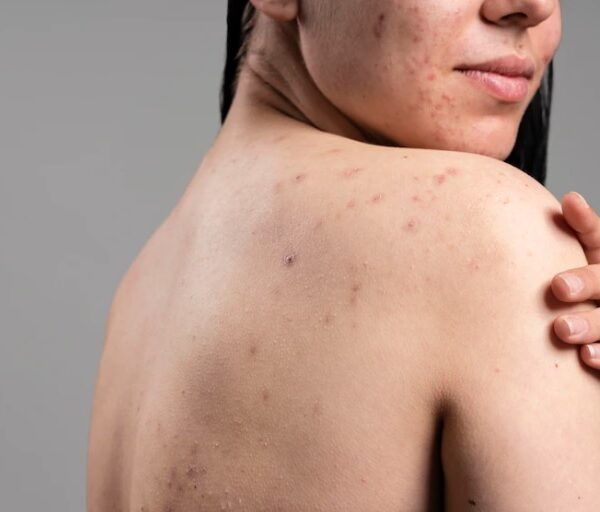Contact Us
Follow us on
Our Services
Quick Links
Locate Us
- 14, Maira Health Care, 100Feet Road,Barbique Nation, J.P Nagar 4th Phase,Bengaluru 560078, Bengaluru Urban, Karnataka, 560078
- MAIRA WELLNESS, Plot No - 2607, 27th Main Road, above Jockey Showroom, opp. to NIFT college, 1st Sector, HSR Layout, Bengaluru, Karnataka 560102


